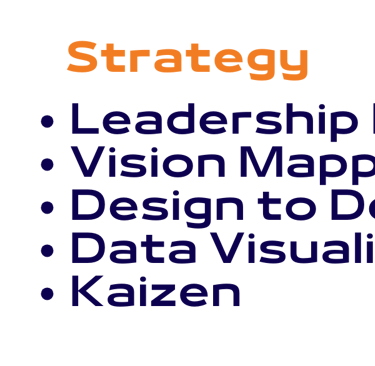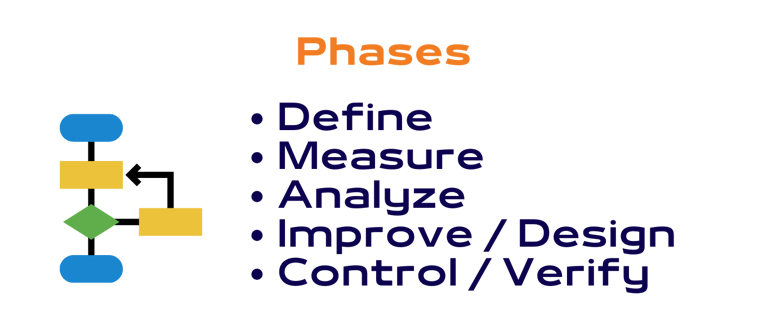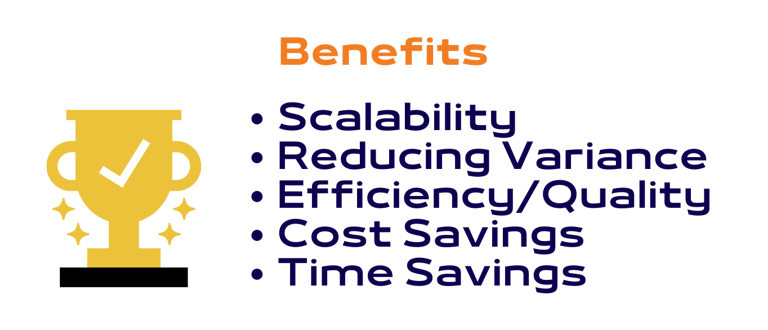Lean Six Sigma Transformation
Lean Six Sigma transformation combines Lean's focus on reducing waste with Six Sigma's focus on reducing variation, aiming to improve process efficiency and quality. This transformation is essential for enhancing operational performance, customer satisfaction, and overall business success. It involves a structured approach, meticulous planning, and strong change management to ensure sustainable improvements.
What's in it for YOU


Bottom Line: The structured approach to Lean Six Sigma transformation helps companies achieve operational excellence, drive continuous improvement, and maintain a competitive edge in the market.






Sales: info@verleap.com
Plot No. 17, Vaidehinagar, Vanasthalipuram, Hyderabad-500070, TG, India
Copyright © 2024-2025. Verleap™. All Rights Reserved.
Contact Us
Availability: Monday to Friday - 11:00am IST to 8:00pm IST

